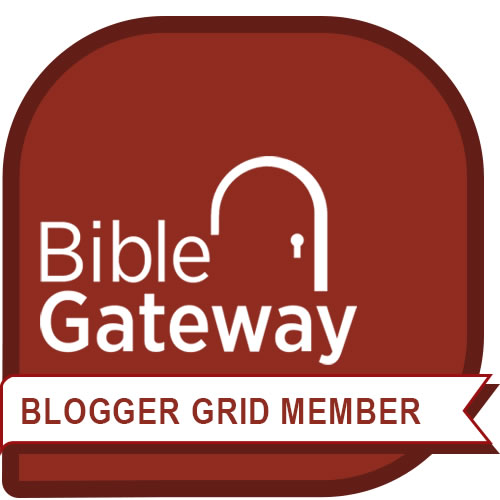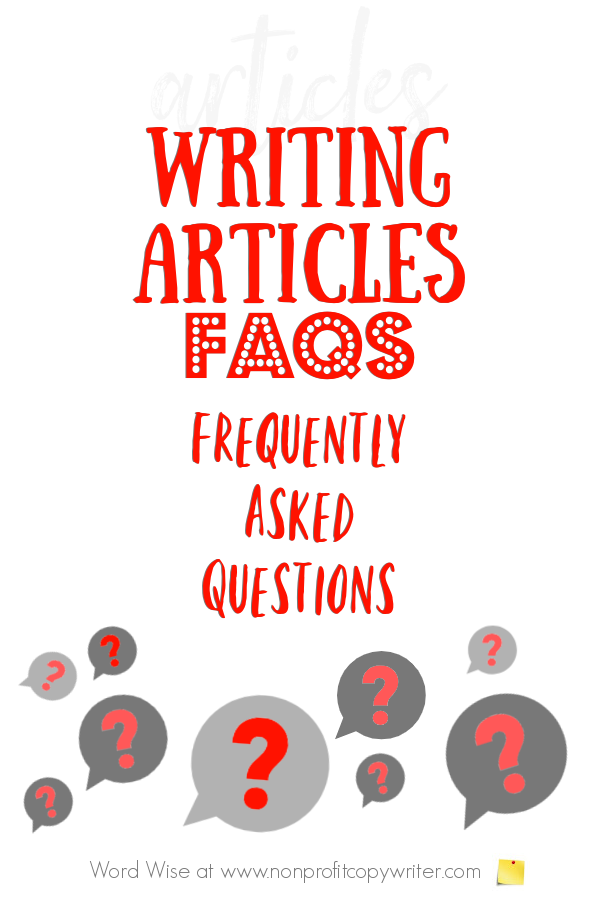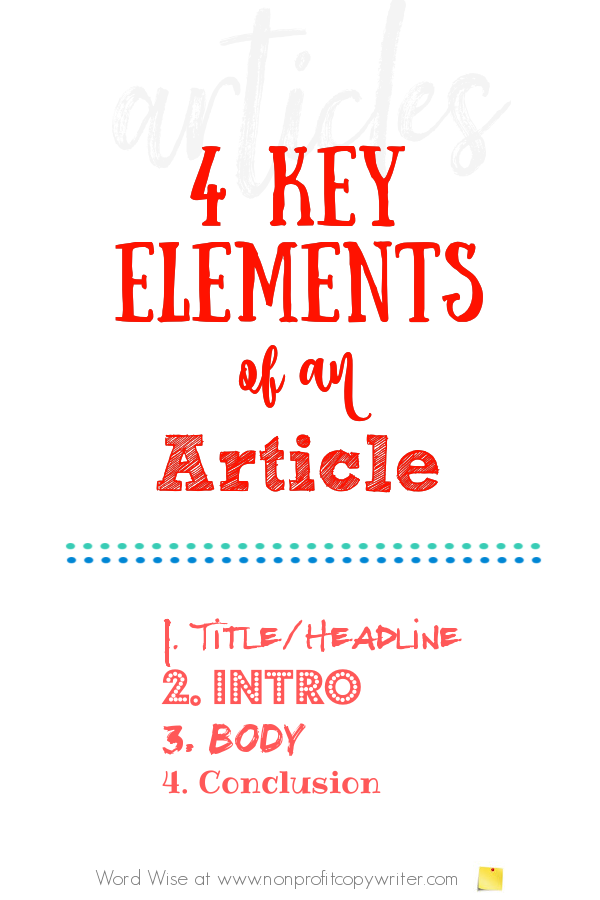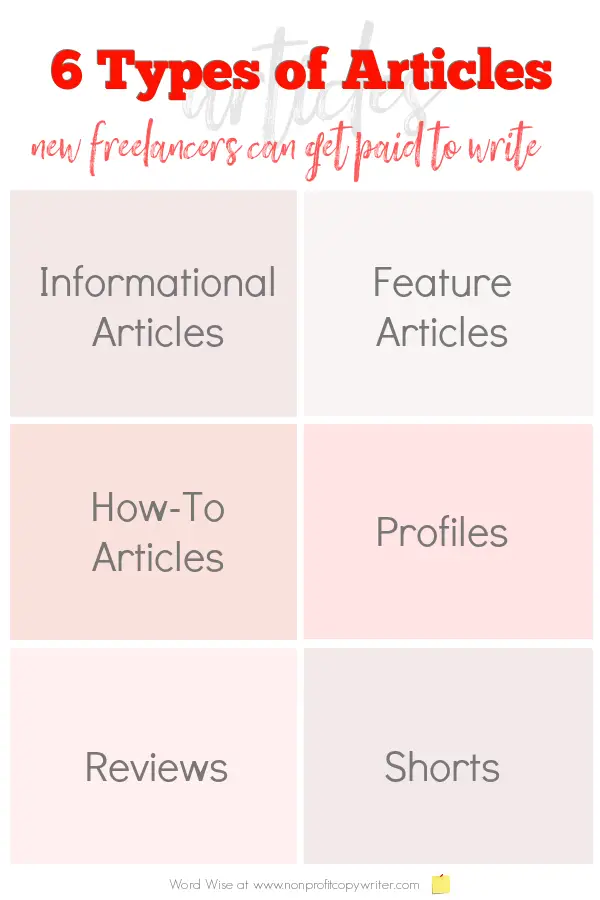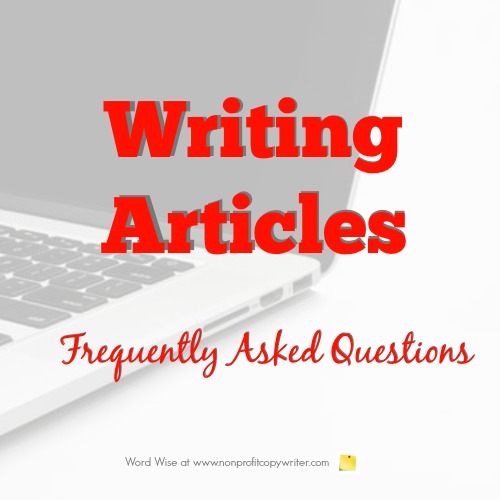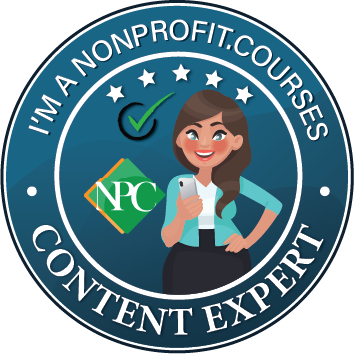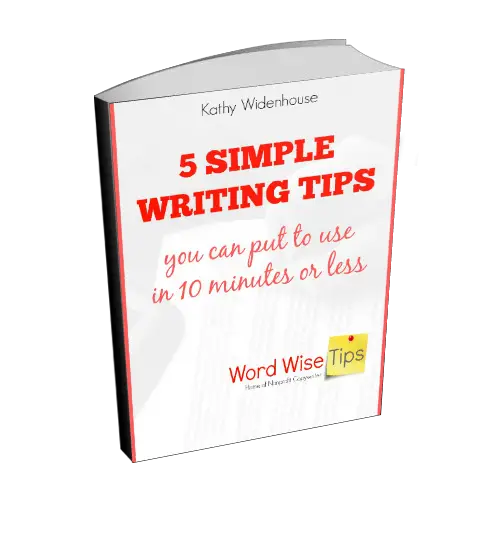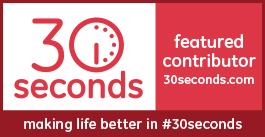Save Time: Get 5 Simple Writing Tips
you can put to use in 10 minutes
Writing Articles: FAQs (Frequently Asked Questions)
Award-winning writer Kathy Widenhouse has helped hundreds of nonprofits and writers produce successful content , with 750K+ views for her writing tutorials. She is the author of 9 books. See more of Kathy’s content here.
Updated 11.12.25
“Learn to write an article … and you acquire writing skills that span all kinds of content.”
That was the teaser for a letter I received in my mailbox, inviting me to take a course in writing articles.
I enrolled and began an amazing writing journey that has spanned decades. Writing articles has opened doors for me to write websites, grant applications, phone scripts, newsletters, business plans, devotionals, PowerPoint presentations, appeals letters, blog posts, case studies, strategic plans, lessons, reports, eBooks, books, workbooks, worksheets …
If you’re curious about freelance writing – or simply want to get started as a writer – writing articles gives you a solid foundation for writing nearly any kind of content. But maybe you have questions. Here are some answers to help you get going.
1. What is an
article?
An article is a piece of writing that gives information. Its purpose is to explain or inform.
2. Why should I write articles?
Information is currency. People find information they need: how to do things, where to buy things, and how to solve problems. Why shouldn’t you be the person to answer their questions?
When you write an article, you become a source of information. If you write helpful, credible, well-constructed articles, you become a trusted source of information. When you write several articles, particularly about a particular topic, you become a go-to source for information about that topic.
3. Where are articles printed?
In newspapers, magazines (online and in print), websites, newsletters,
business or trade publications, technical journals, and in scientific,
academic, or scholarly publications.
4. What makes a good article?
A good article is clear, engaging, informative, and well-structured. It should capture the reader's attention, offer valuable insights, and leave them with something to think about or act upon.
The writing should be concise and easy to read – most publications (apart from scholarly or academic journals) encourage writers to aim for an 8th grade reading level or below. A successful article is free of unnecessary jargon or insider lingo.
And while a good article is easy to read, it offers more than regurgitated, AI-generated content. Instead, your article touches readers when you offer an insightful twist or entertaining slant on your subject, a well-curated list of helpful points.
5. How do I choose a topic for my article?
Don’t focus so much on the article topic, but rather on people. Two, to be exact: you and your reader.
First, think about what you are passionate about or what you know well – especially if you’re new to freelance writing. When you write about a topic that’s already on your radar, you have basic knowledge you can draw from. And since you’re interested in the subject, you’re excited to learn more.
But if you write your article and then send it out article willy-nilly to markets, then you’re likely wasting your time. Who will read your article? What does this person care about when it comes to your topic? What’s trending in that field and what gaps in knowledge or information can you fill to provide information your reader wants to know? You need to know your reader and their needs.
6. What are the key elements of an article?
A strong article includes:
- Headline/title: this element grabs your reader’s attention and summarize your main idea.
- Introduction: your opening paragraph introduces the topic and hooks the reader.
- Body: this section is the “guts” of the article. It provides detailed information, arguments, or analysis. Use the body of the article to make the case for your article’s main point.
- Conclusion: use this section to summarize your article. Or better yet, save one point for your conclusion and use it to drive home your point. You can also wrap up an article with a call to action or closing thought.
7. What is the difference between an article and a blog post?
Articles tend to be more formal, in-depth, and authoritative. Blog posts are often more personal, conversational, and can be shorter or less formal. Blog posts also usually have more interaction through comments and social sharing.
8. How is writing articles different from copywriting?
Articles focus on telling you about a particular topic, reporting on an event or research, explaining why or how something works, or giving you how-to instructions. An article present information you can use … in a persuasive tone that drives home a point.
Copywriting, too, is a form of persuasive writing. But it has a very specific purpose: to get the reader to take action, whether it’s to make a purchase, opt-in, respond, or engage with a product, cause, service, or company.
9. What are the different types of articles I can learn to write?
Interviews, how-to pieces, features, news, profiles, investigative reports, travel pieces, technical articles, profiles, academic reports, case studies, and new product introductions. Each has a unique goal. A how-to, for instance, explains a process using steps, such as, “How to Plant Flowers In a Window Box.” A feature article, on the other hand, shows a unique twist on a topic, like “Three Window Boxes for Shade.”
10. What’s the average article length?
That depends on where it’s published and who reads it. The average article is 500 – 1,000 words. Academic and scholarly articles, of course, are longer, as are those offering in-depth analysis, research, or thought leadership.
Publishers specify article word count in their writer’s guidelines. Articles 500 words or less are considered “shorts,” and can include blog posts or news updates. The average feature article is 1,000-3,000 words and require more research, interviews, and explanation.
11. How do I write a compelling article introduction?
Start with a hook to grab your reader’s attention, like a surprising fact, interesting anecdote, a question, a compelling quote, or a strong statement. Then, clearly state what the article will be about and why it’s important for the reader to continue. A good intro makes the reader want to learn more.
12. I’ve heard that article writing focuses on research. But does that mean I have to live in a lab or a library to write good articles?
Research involves gathering information from credible sources, including academic journals, reputable websites, books, and interviews. Use it to give you basic knowledge about your subject, verify facts, cross-check multiple sources, and note your references for citations.
But don’t confuse “research” with “information.” A good article is grounded in facts, which can include statistics, quotes, definitions, examples, anecdotes, references, tools, resources, or products. You accumulate “information” when you “research.” Keep good records of your research and you’ll find that you have plenty of information to write an article – or more than one.
13. Can I write an article without citing sources?
Whenever possible, you should cite sources to back up your claims, especially for factual, statistical, or scholarly content. Failing to cite sources can make your article less credible and may lead to plagiarism.
14. What tone should I use when writing articles?
The tone of your article depends on the publication and your target audience. A professional article calls for a formal tone, while a lifestyle or entertainment article could be more casual. Having said that, most online articles (apart from academic content) are written in a conversational tone to appeal to the widest audience possible.
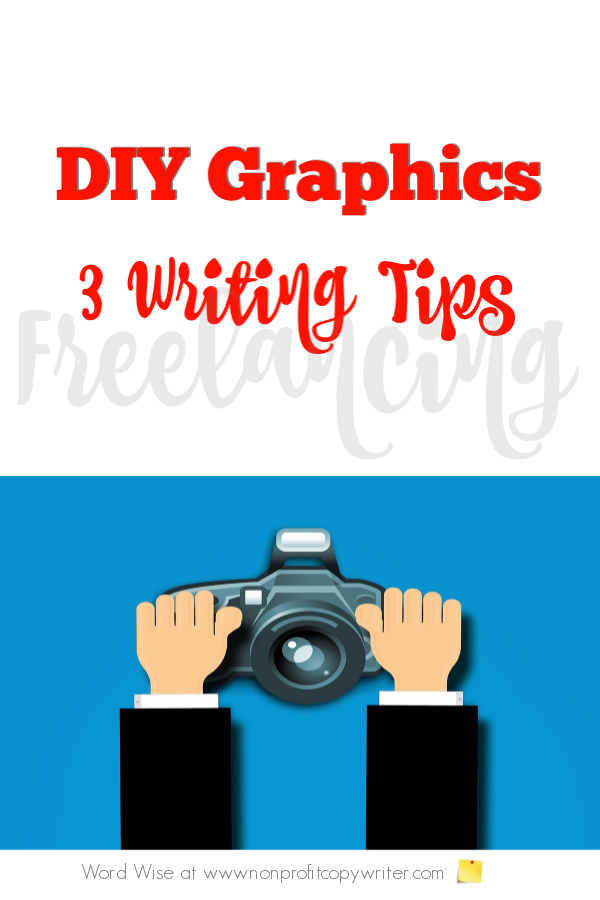
15. Should I include images or graphics with my article?
When you submit your article to a publication, follow the guidelines. Some publishers request images as part of the submission. Others use their own in-house designers.
If you’re publishing an article on your own website or a platform like Medium, then yes – include an image – even more than one, if your article is 1,000 words or more. Visuals enhance an article by breaking up text, illustrating key points, and keeping readers engaged. Ensure images or graphics are relevant and properly credited. And make sure they align with the overall tone and purpose of the article. Don’t post an image of corn stalks growing in a field when your topic is learning to play croquet.
16. How do I proofread and edit my article?
After writing your article, take a break before editing and proofreading so you can approach it with fresh eyes. Check for spelling and grammar errors, clarity, structure, and flow. Read your article aloud to catch awkward phrasing. You can also use tools like Grammarly to help with the editing process.
17. How do I make my article more engaging and appealing
to readers?
- Use a compelling headline
- Open with an interesting hook
- Write with a conversational tone
- Tell stories or use examples to make abstract concepts relatable.
- Break up long paragraphs, use subheadings, and insert bullet points to make the content visually appealing.
18. How do I improve my article writing skills?
- Practice!
- Write regularly.
- Read widely and study good writing to “fill your mental tank.”
- Get feedback from others.
- Focus on clarity, conciseness, and structure.
- Pay attention to grammar, punctuation, and spelling.
- Like many other skills, clear writing can take time to master – 10,000 hours, if you follow Malcom Gladwell’s thinking. Over time, you’ll develop your own unique style.
19. How do I format an article for online publication?
Make it easy to read on screens. Use short paragraphs, headings, subheadings, and bullet points to break up the content. Ensure your text is optimized for SEO (Search Engine Optimization) by using relevant keywords and meta descriptions.
20. What is SEO and how does it affect my article?
SEO stands for Search Engine Optimization, which involves optimizing your content so that it ranks higher on search engines like Google. This includes using keywords naturally, having a clear structure, creating quality content, and including links (internal and external).
A well-optimized article appears higher on search engine results than an article that doesn’t make good use of keywords and online formatting best practices. When your article appears higher on the results – ideally on the first page or two – then more users see the link, click on it, and land on your piece. Your article gets more eyeballs.
21. What are common mistakes to avoid when writing articles?
Some common mistakes include:
- Lack of focus or wandering off-topic. Open your article with one solid point. Eliminate any content that doesn’t help advance that main idea.
- Writing in a style that doesn’t match your audience. If you’re writing for a mommy blog about installing a car seat safely, avoid using terms that only a mechanical engineer can understand.
- Overusing passive voice
- Ignoring proper research or fact-checking. When readers understand you write from a place of authority, they begin to like you and trust you. And they want to come back for more.
- Writing in large blocks of text. Follow basic readability principles to make your content easy on the eye.
- Failing to proofread for typos or grammatical errors. Sloppy writing doesn’t win followers.
22. Can a writer earn a living writing articles?
Sure. As in any other business, article writing can become a specialized skill. Many freelance writers earn a decent living writing for publications, especially when they accumulate a lot of information about a particular topic and write about it often.
23. How do I stay motivated to write articles consistently?
- Set a writing routine. I write every morning – sometimes just for 20 minutes, other days for up to a couple of hours. It’s my most creative time of day.
- Break your tasks into smaller steps. Articles are perfect for this because they’re structured with an introduction, body, and conclusion. And you can even break up the body into three sections (or two or four or five) for each point you want to make.
- Set goals that are achievable, such as “I’ll write an introduction draft and then take a break.”
- Reward yourself when you meet your targets.
- Staying connected to your reasons for writing, whether it’s sharing knowledge, gaining followers, or building a portfolio, can also keep you motivated.
Writing articles leads to all kinds of writing opportunities
Writing an article is a foundational skill that transfers to all different kinds of content. That’s because an article is a piece of writing that follows a structured format. It focuses on one main idea… explains that idea to the reader or persuades him to embrace it … and wraps up with one concluding thought that stays with the reader.
Learn to write an article and you’ll be able to produce high-quality blog posts, newsletters, brochures, grant applications, PowerPoint presentations, strategic plans, business plans, case studies, profiles, video scripts, white papers, books, eBooks, lesson plans, devotionals … pretty much any kind of content that a paying client will hire you to write.
More Article Writing Tips
The Foolproof Article Formula I’ve Used to Write 1,000+ Articles ...
Learn To Write Content When You Learn To Write an Article ...
How to Write An Article: Get Started With These 12 Steps ...
How to Narrow Your Article Main Idea ...
Want Steady Traffic? Write 3 Different Types of Articles that Deliver ...
3 Article Formats You Can Learn to Write Easily ...
How to Write an Article Introduction Faster ...
How to Test an Article Idea ...
12 Tips for Successful Interviewing ...
How to Choose an Article Topic...
The 2 Best Ways to Narrow Your Topic for an Article...
What Is a Feature Article? Think News Story on Steroids ...
Choose a Story Angle Using These 3 Tips ...
6 Types of Articles New Freelancers Can Get Paid to Write ...
Write an Article or Write a Book? Here’s How to Decide ...
Article Writing Tips: News Story vs Feature Story – What’s the Difference?
Top Article Writing Tip: the One-Point Rule ...
Include these 5 different types of articles in your newsletter ...
29 Kinds of Articles You Can Write ...
How to find the main idea of your article before you write ...
How to Write a How To Article that gets read from start to finish ...
How to Write an Outline: Article Writing Tips ...
How to Write Query Letters: A Quick Tutorial ...
How to Write an Introduction (or Lead, Lede, Hook) ...
Tips for Writing a Hook for Your Article ...
How to write a conclusion: 3 tips ...
6 Tips for Writing Powerful Endings ...
The Inverted Pyramid: Article Writing Format for Online Content, Too ...
How to Write a Sidebar that Adds Value to an Article ...
How to Make Sure Your Articles Get Read ...
Writing Blogs vs. Writing Articles: Is There a Difference?
What's a Listicle and How Do I Write One?
Writing Articles Tips on our Pinterest board ...
Return from Writing Articles FAQs to Nonprofit Copywriter home
As an Amazon Associate I earn from qualifying purchases.
Share This Page

Named to 2022 Writer's Digest list
BEST GENRE/NICHE WRITING WEBSITE
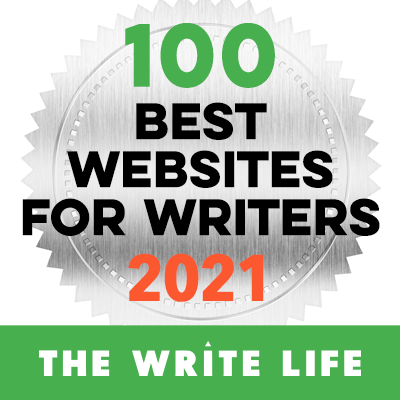
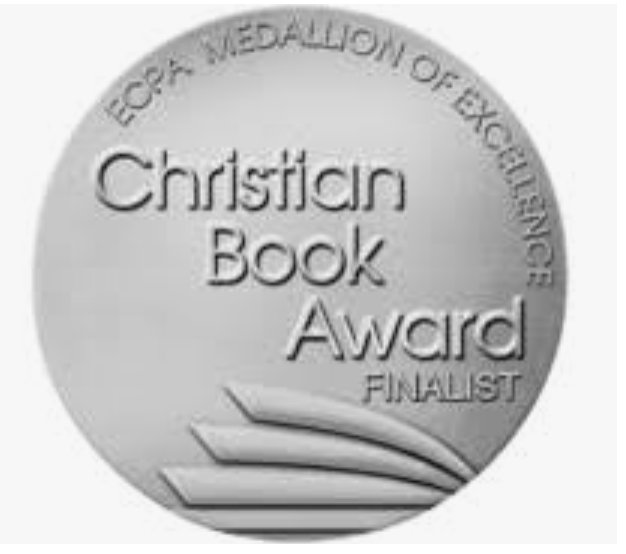
Stop Wasting Time!
Grab your exclusive FREE guide, "5 Simple Writing Tips You Can Put to Use in 10 Minutes or Less"
